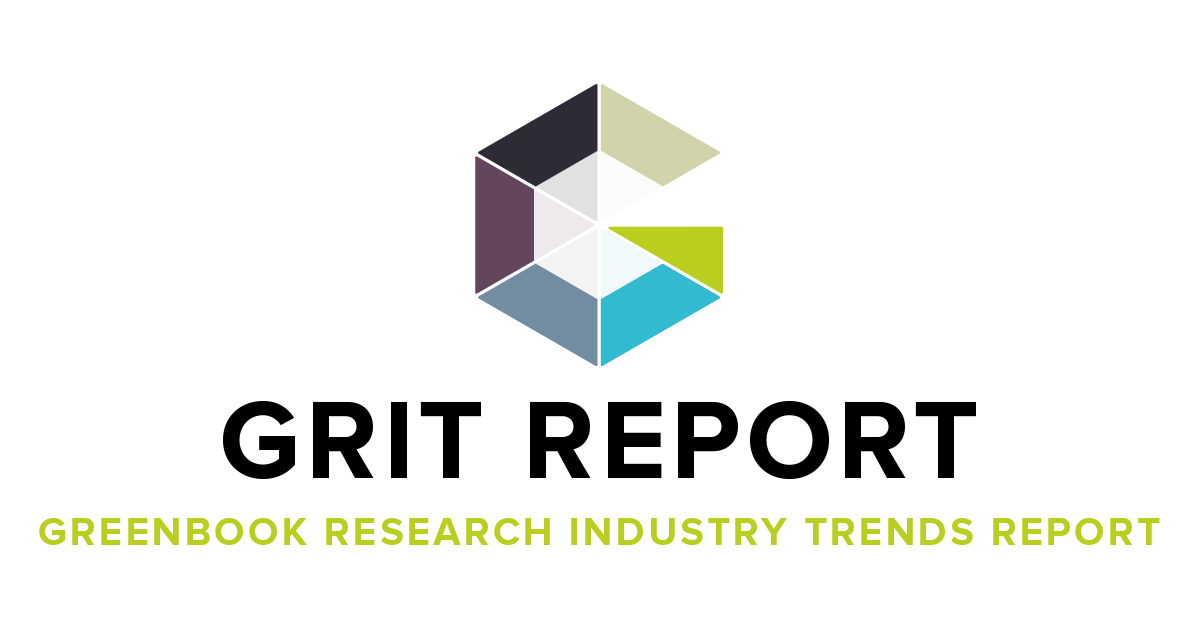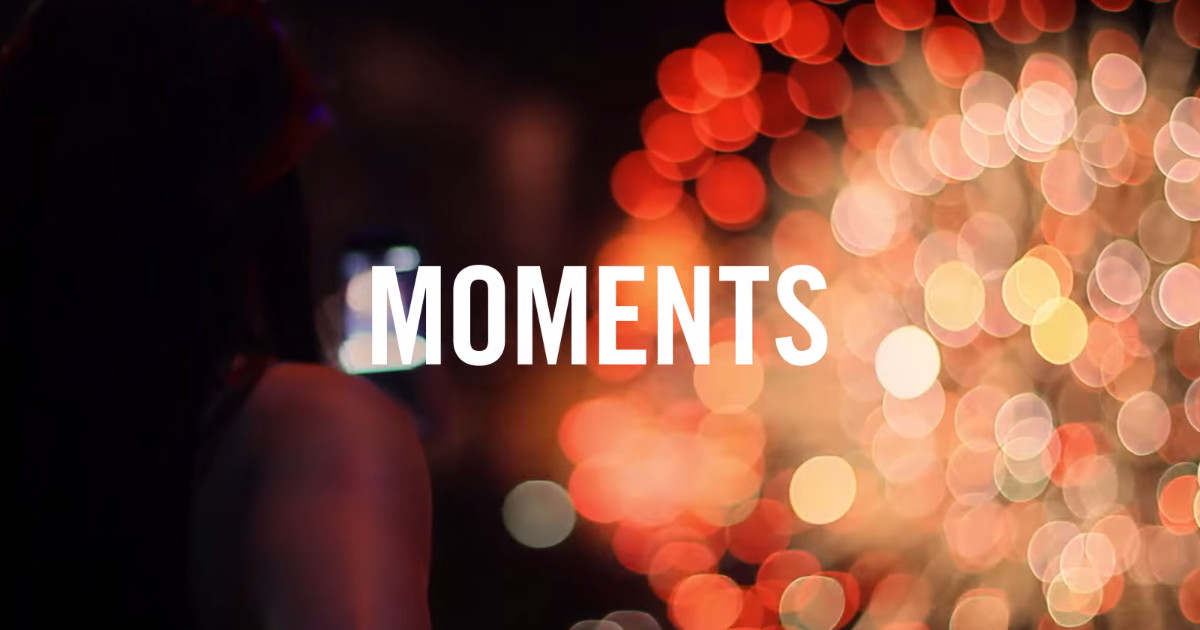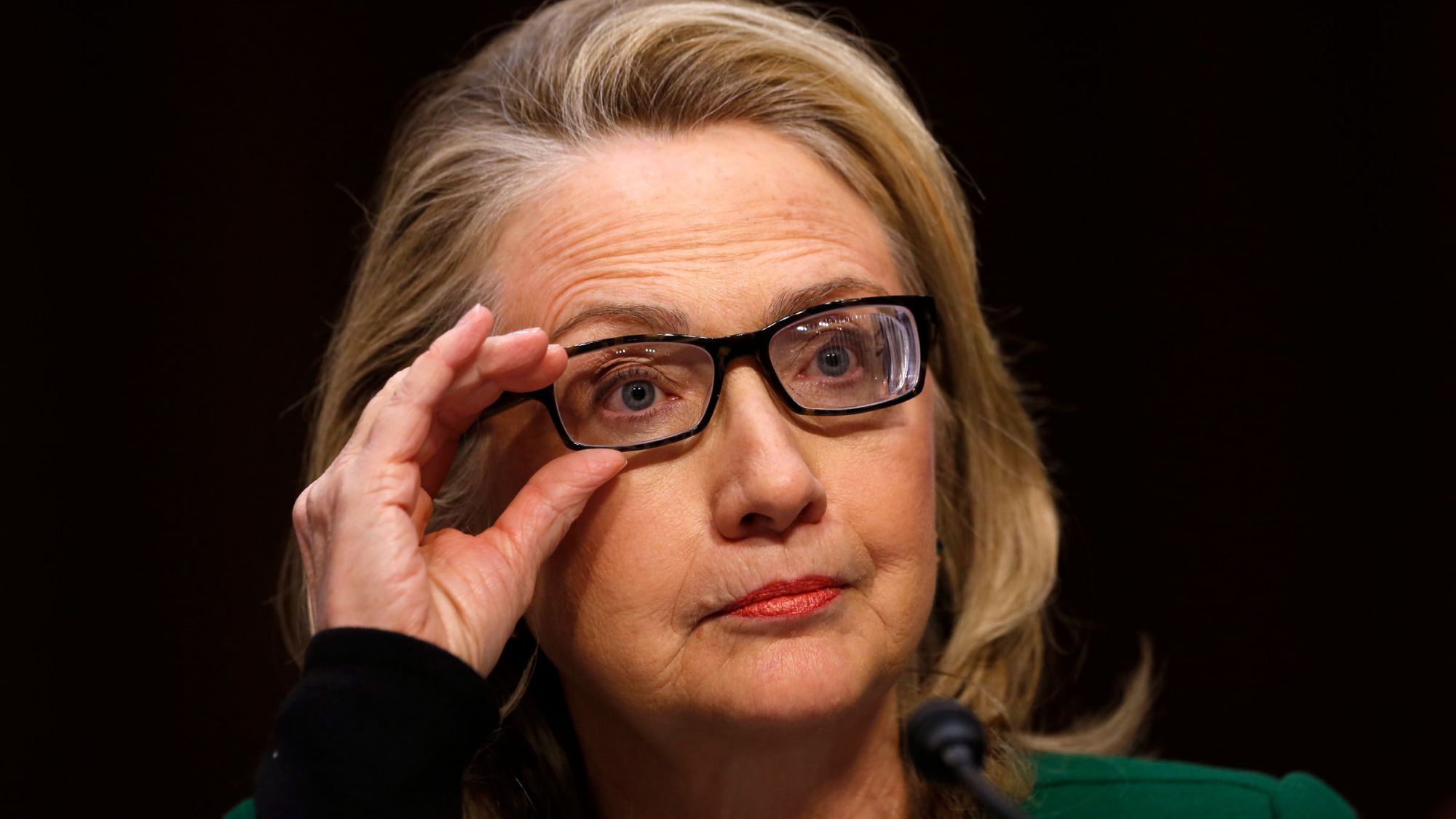Integrated, two-way data became widely used for voter contact in 2014, and the power and quality of center-right political data platforms can rightly claim a share of credit for many of the wins across the country last year.
Earlier this year, GOP consultant Dave Carney explained how data and quality metrics made a significant difference for Greg Abbott’s successful campaign for governor.
Carney’s philosophy and Abbott’s overwhelming victory represent the culmination of innovations that have been building for a decade or more. 2014 was likely the most perfect cycle yet for Republican digital operatives. So it’s time to push the envelope.
If you’re like me, the same innovations that made digital appealing a decade ago now bring up the entrepreneur’s eternal question: What’s next?
Not that data is perfect yet. It definitely isn’t. There’s a long way to go for political data to be comprehensive and accessible, via applications and as web services or APIs. There’s also significant issues around data sharing and integration. And let’s not even get started on the talent gap.
There’s also still a lot of work to do educating operatives and activists on how to integrate data at a strategic level, but it’s a much easier push than it was a decade ago.
All that said, where are we headed? Here’s my take:
The holy grail of political campaigning is to build authentic, trusting relationships with voters. Trust overcomes all sorts of disagreements over policy. And we’re a long way off from that.
Data allows us to better identify which voters are most likely to support our candidates. Data can even help us identify specific issues that voters care about, so we can persuade them on those issues. Armed with that data, we really need to be focused on what we say to them.
In short: we know how to reach the right voters. Now we need to create the right message.
Talking to voters is more than knowing their voting history or even what kind of car they drive. It’s digging into a deeper level of understanding — about their motivations, interests, and values — and then developing creative concepts that connect with them at that level.
Great, creative messaging is definitely not slamming millions in bad advertising on voters thinking that “if they just hear this name or this bad line one more time, we’ll win.”
If great marketing is defined as delivering the right message to the right person at the right time (or via the right channel), the most exciting space for innovation right now is getting the message right.
Bringing a new level of creative messaging — one that pushes beyond hammering voters with relentless robocalls and broadcast ads — presents a very real and powerful opportunity for conservatives in 2016.
Along these lines, I’d like to use RootsHQ as a place to highlight great, creative messages being developed by some of the most innovative campaigns and organizations on the center-right.
We ought to celebrate the innovators amongst us who are committed to the new frontier of political innovation. People who are raising their game to look deeper into the motivations and needs of voters, then meeting them with authentic solutions.
Better design. Value-driven messages. Connecting with voters via non-traditional media channels. Hosting events and promotions that draw voters in with an opportunity to co-create amazing ideas and content.
Authenticity goes beyond advertising. It has to be core to every vote, speech, cause, rally and interview we do. It has to be core to who we are as conservatives who believe government breaks things and the best way to help people and create opportunity is not to empower government but to empower people.
Have a campaign or program that breaks the mold? Drop me a line and we’ll take a look! I would love to be overwhelmed with great, creative ways conservatives are reaching voters and building new coalitions based on trust and solutions.
Finding new ways to connect with voters relies on communicating not just a targeted, data-driven message, but a good one. I look forward to exploring this new frontier together.




